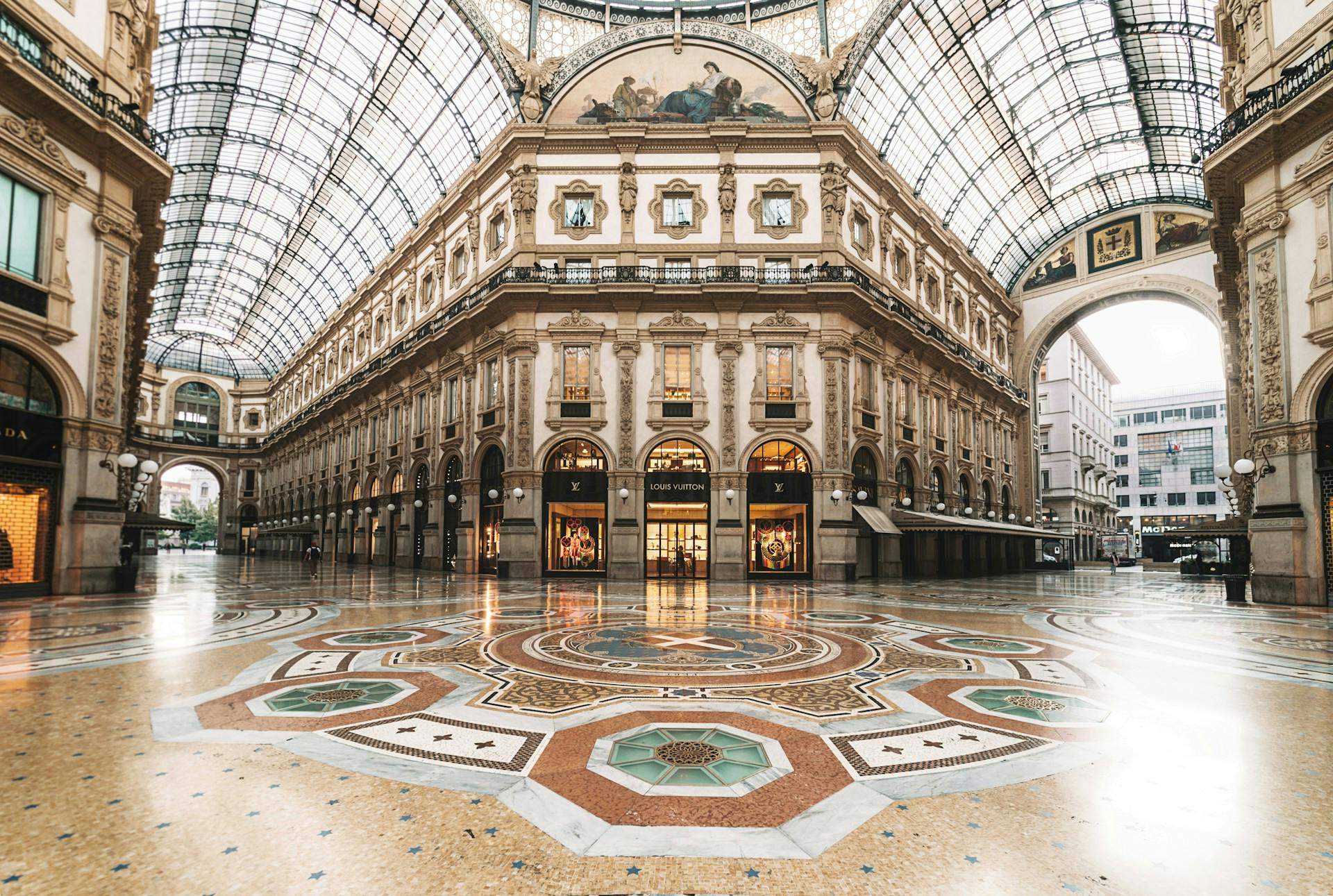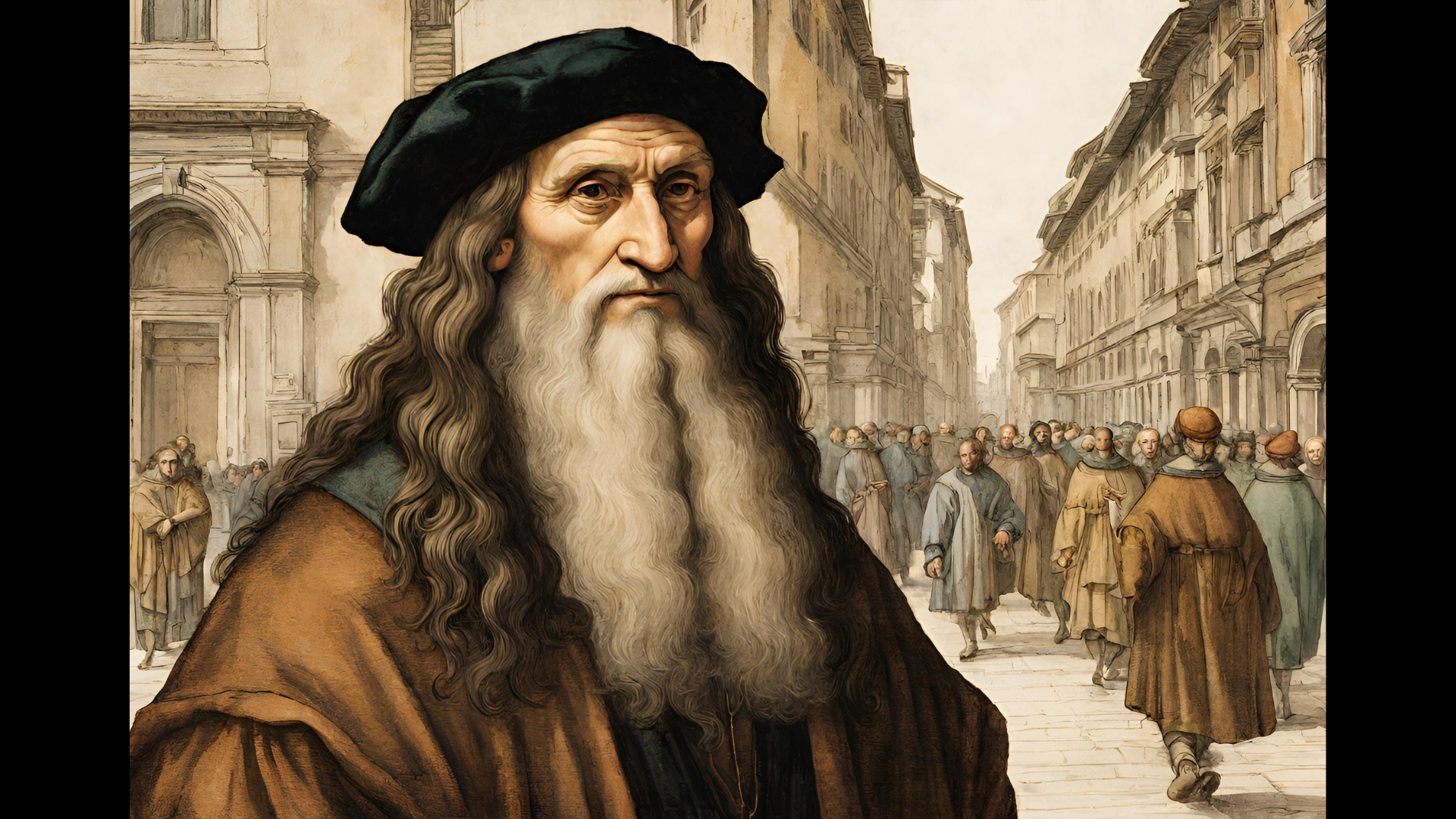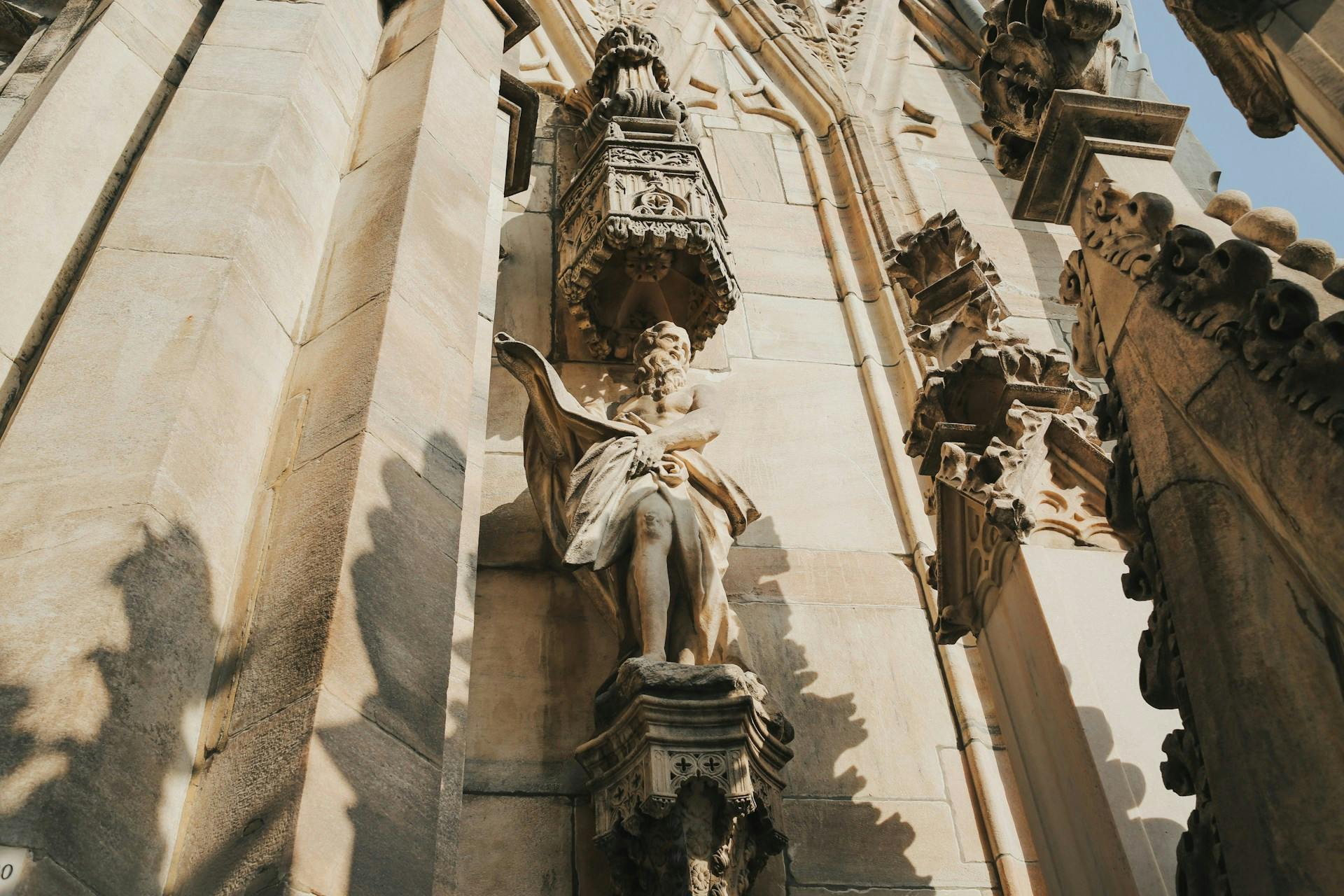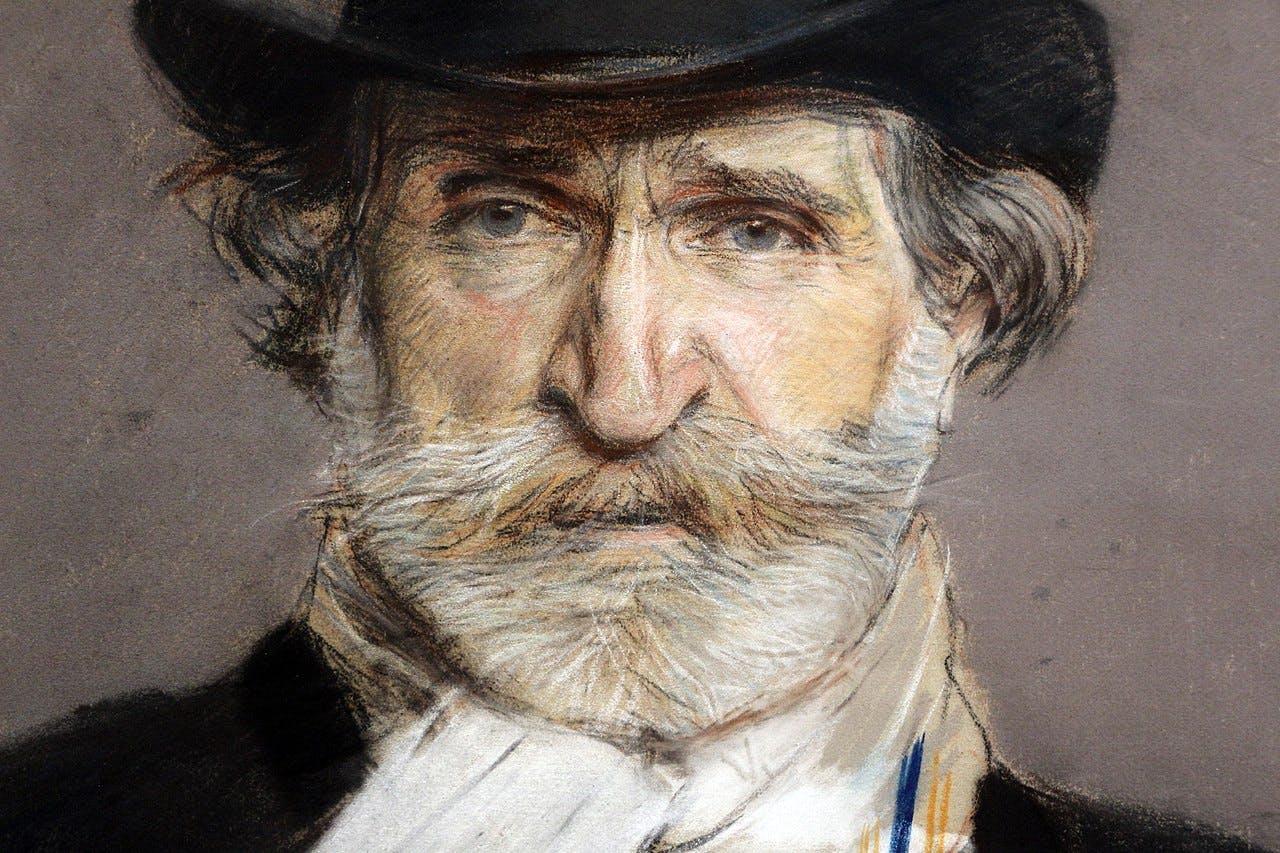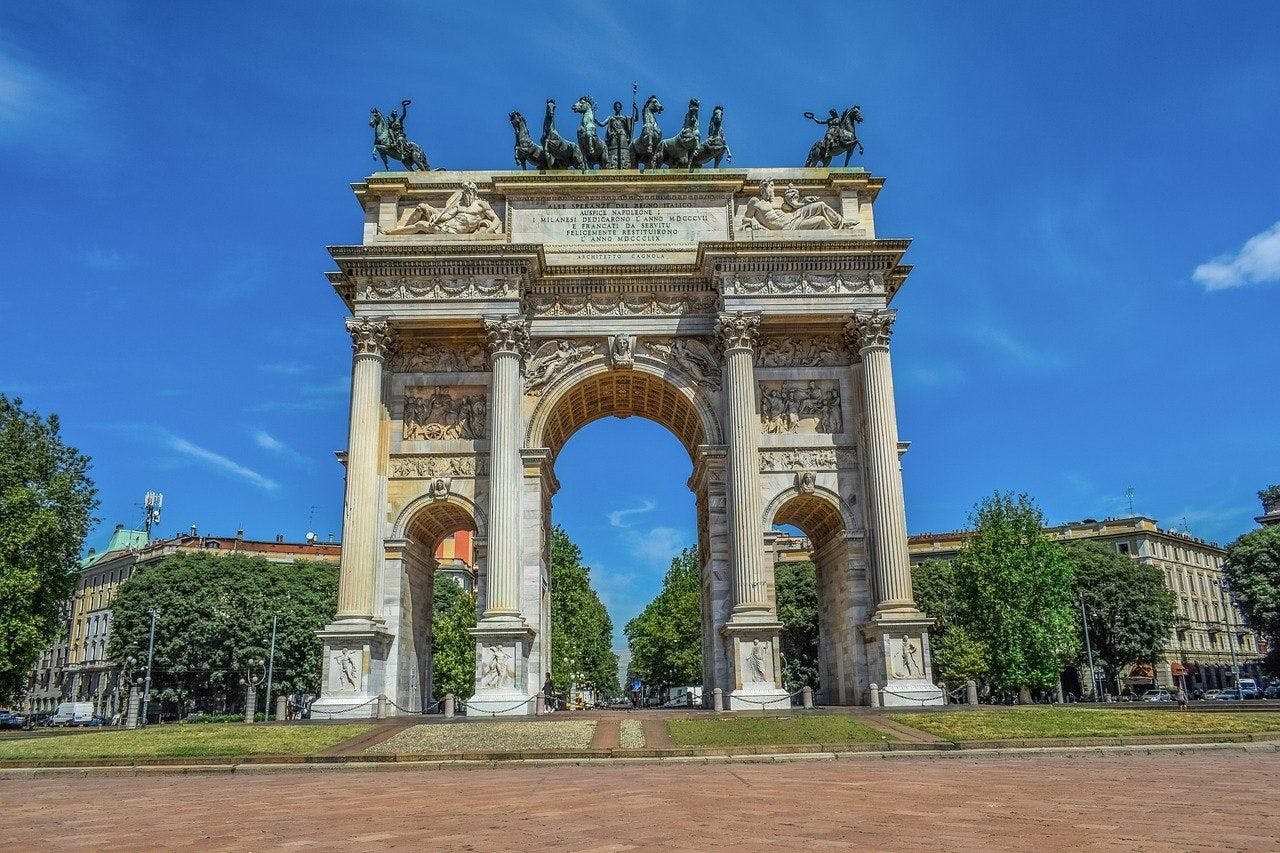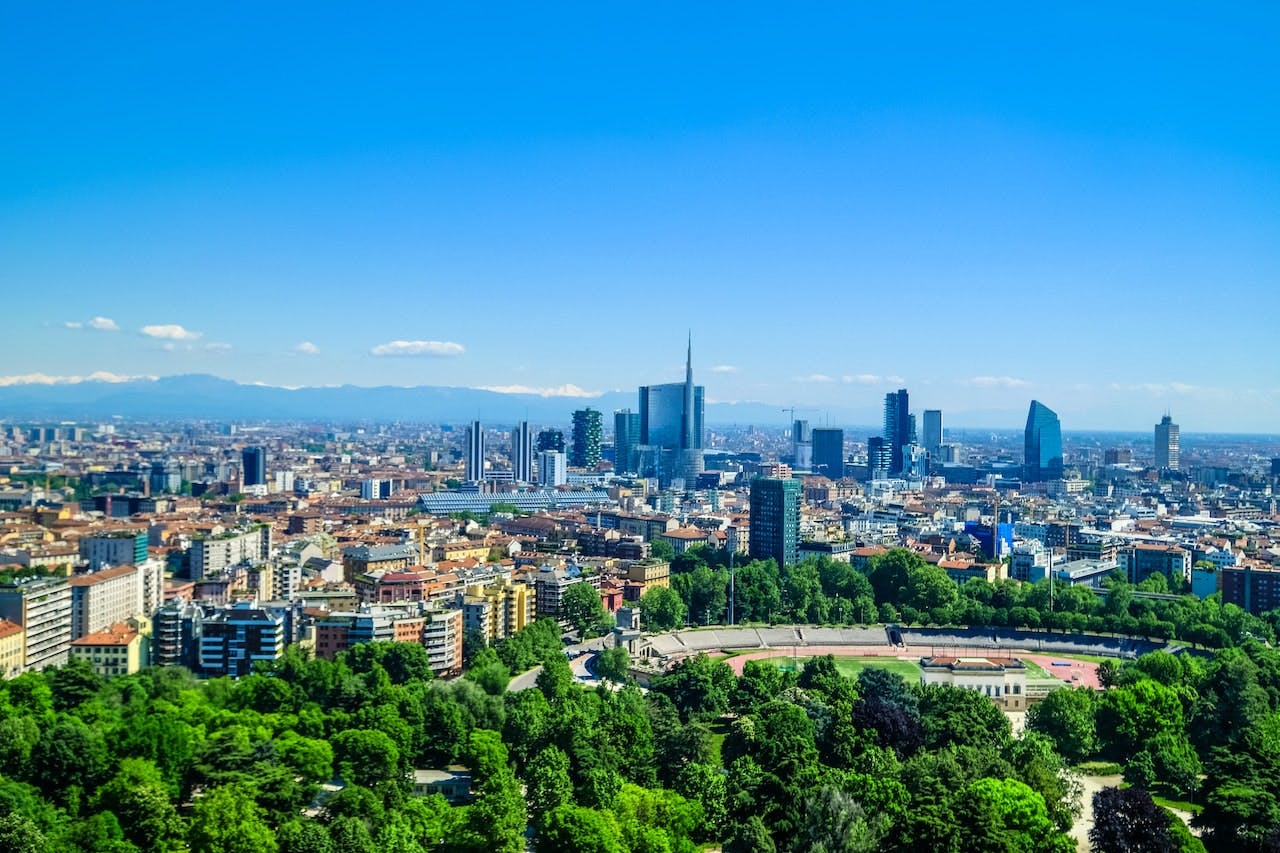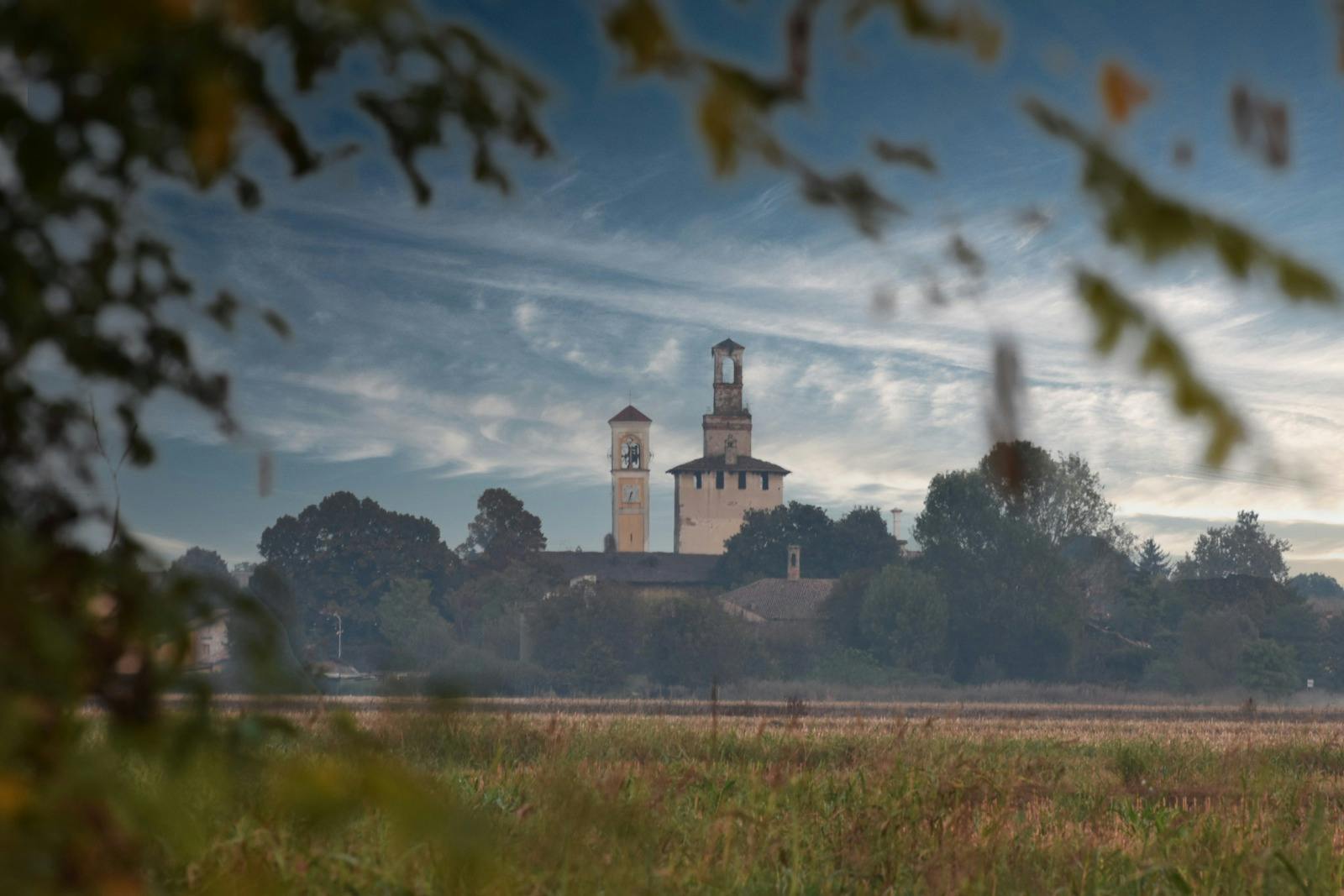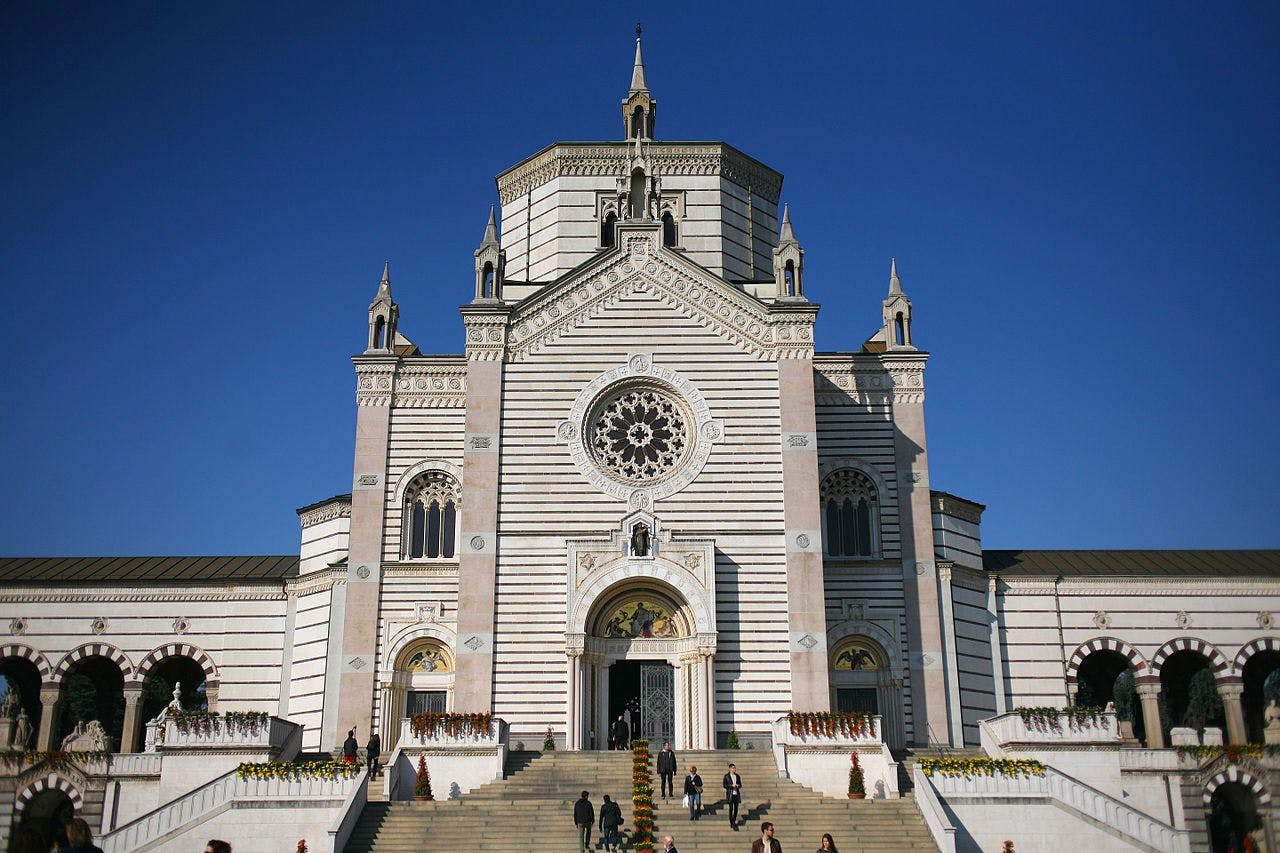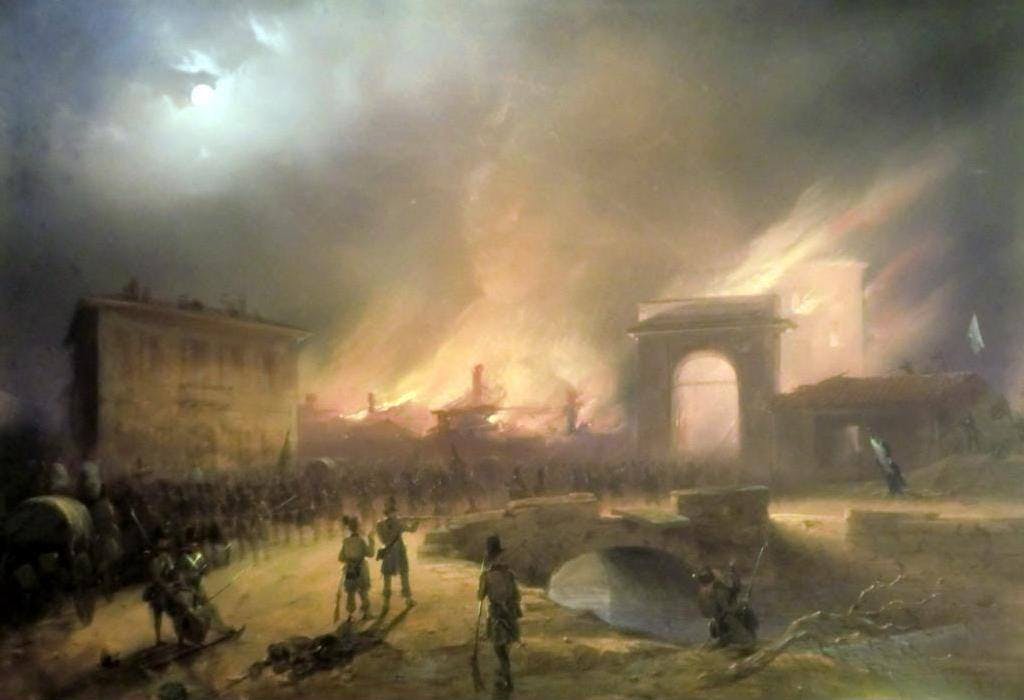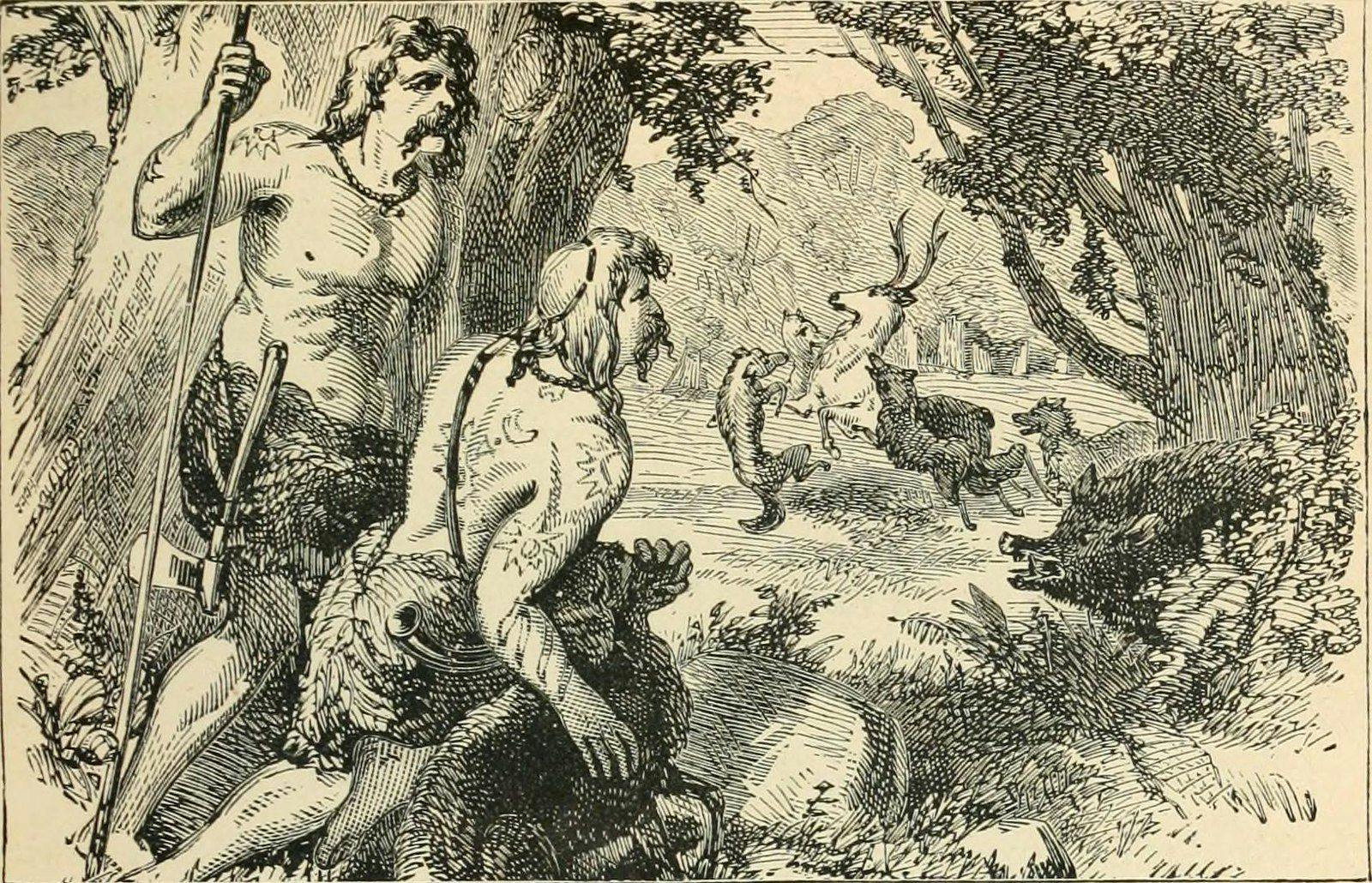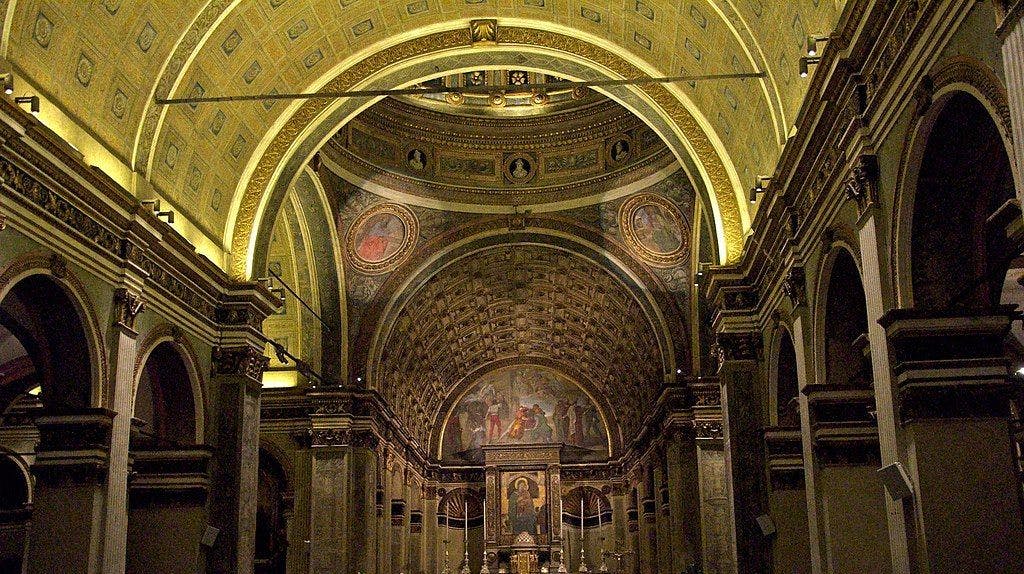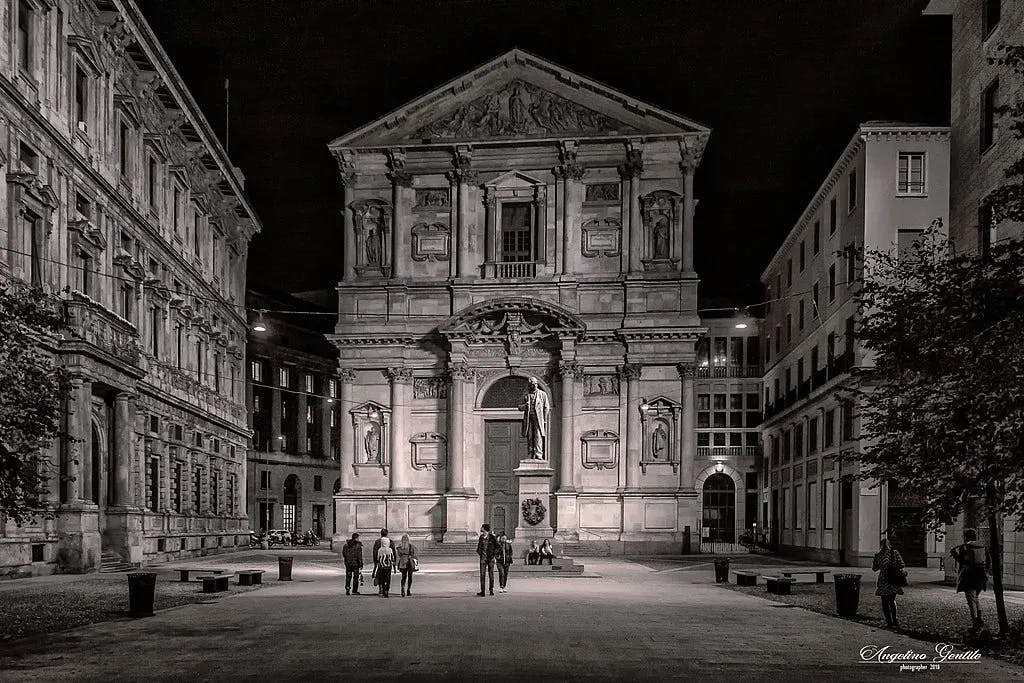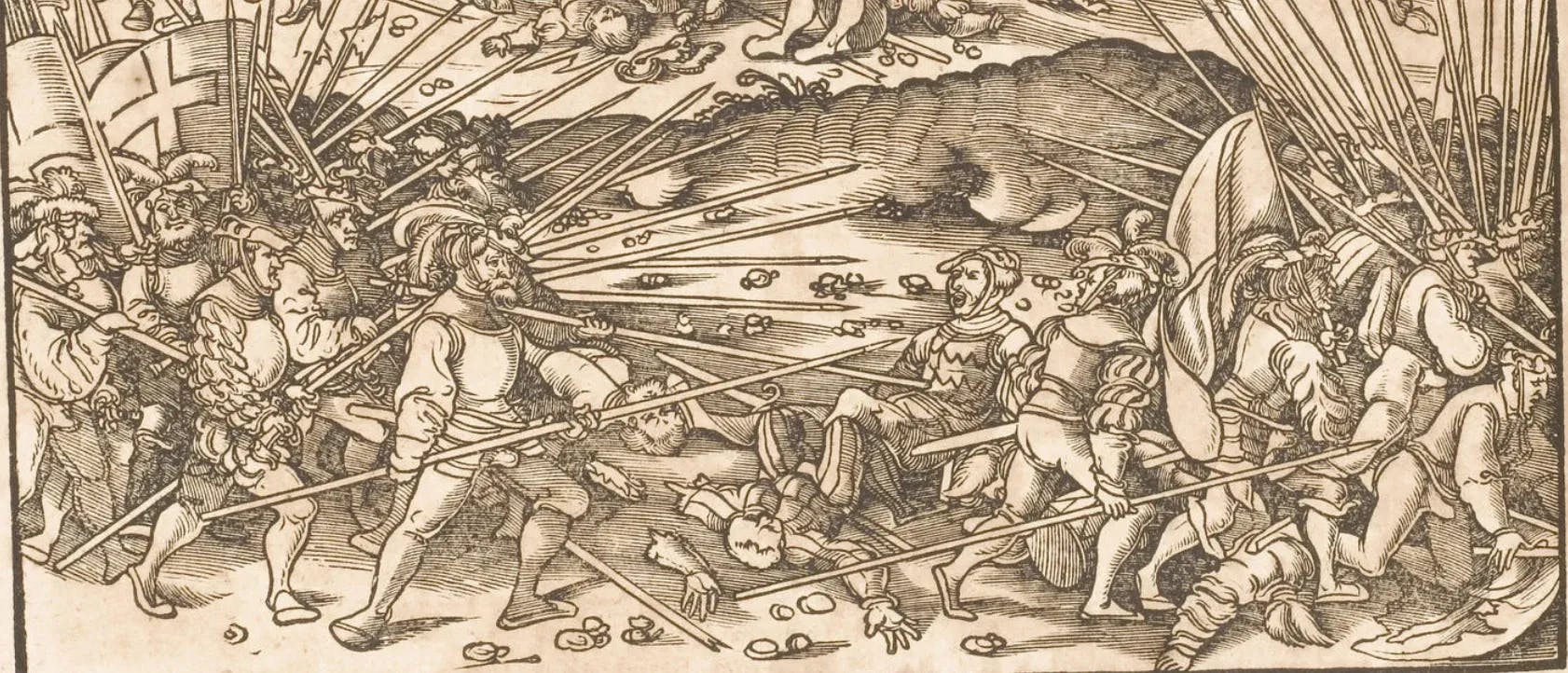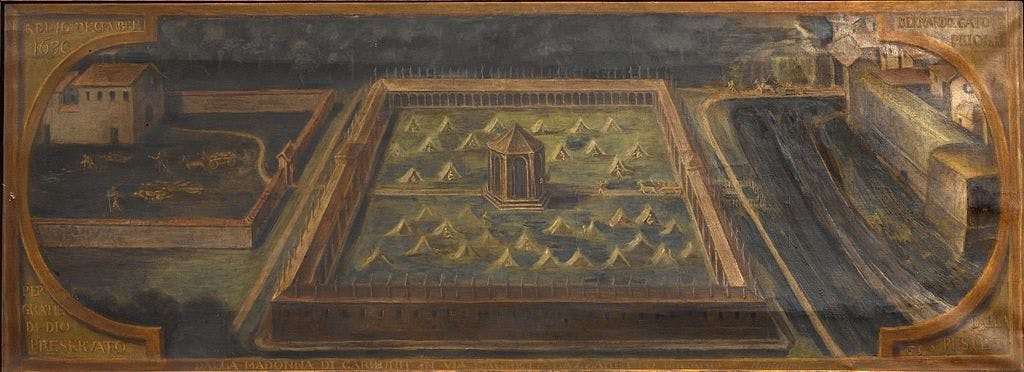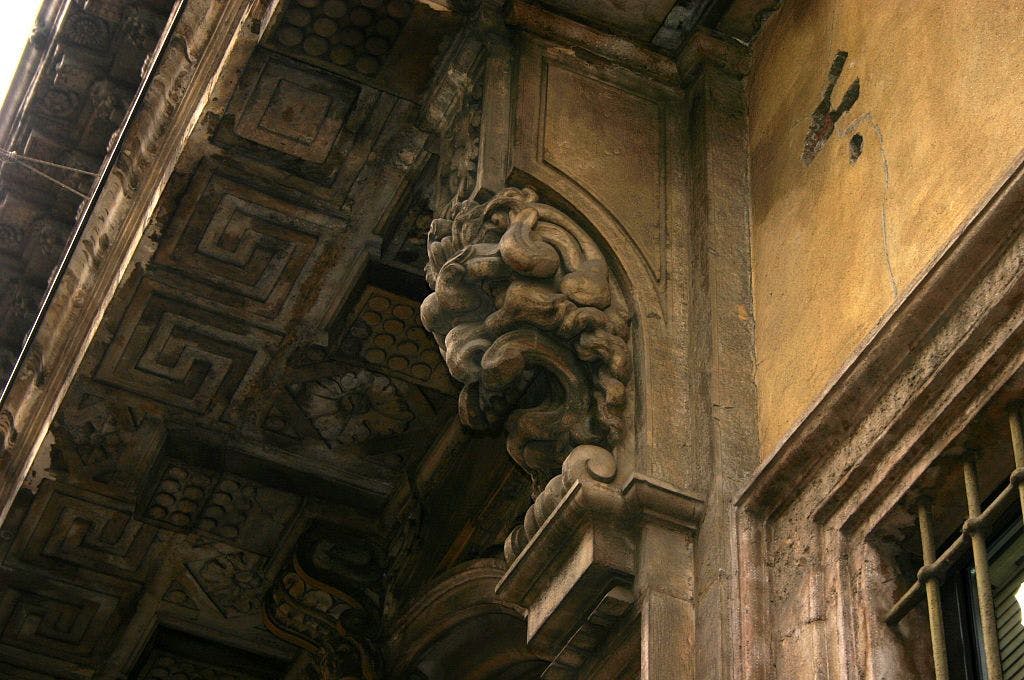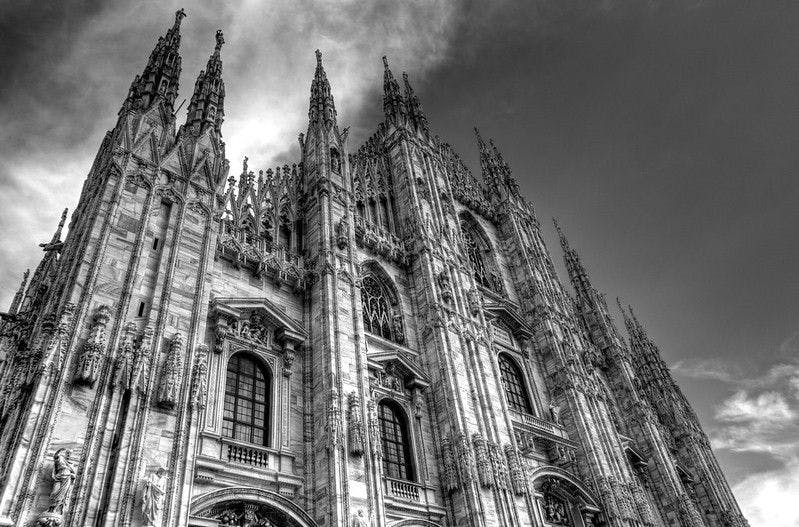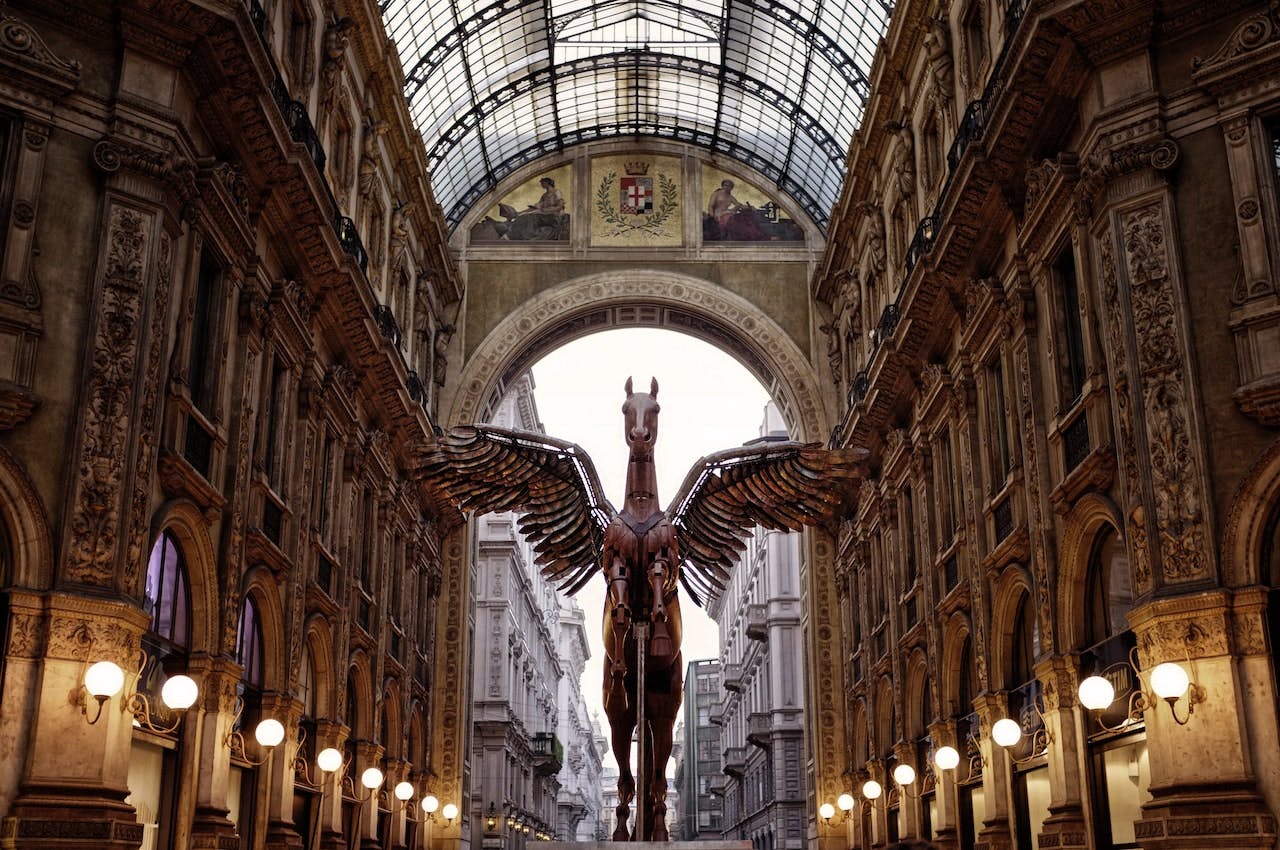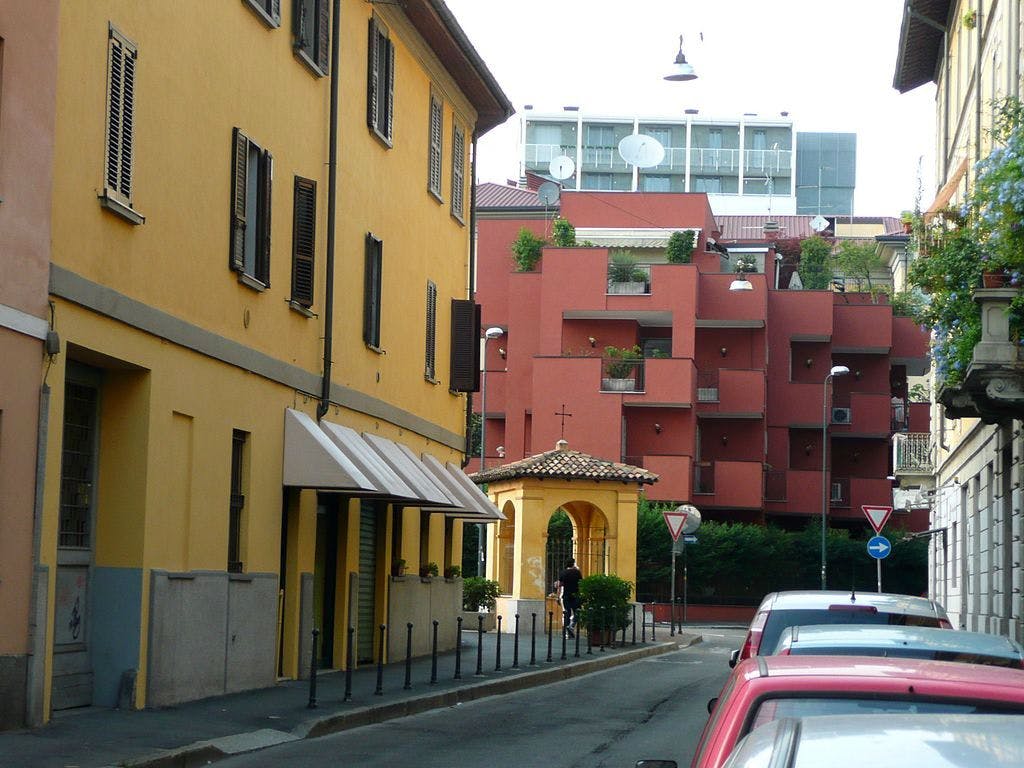Strolling through the centre of Milan, just a stone’s throw from Piazza Della Scala, precisely at Via Degli Omenoni n. 3, one cannot fail to raise one’s eyes and admire the façade of this house of the famous chiseller and sculptor Leone Leoni.
“Omenoni” House
By
Little remains of the immense beauty and fabulous collection of works of art, sculptures and paintings inside the house, but the façade in its grandeur is undoubtedly one of the beauties to be admired in Milan.
The house, commissioned in 1565 CE, was built by the sculptor Leone Leoni (ca. 1509 – 22 July 1590), an Italian sculptor of international outlook who travelled in Italy, Germany, Austria, France, Spain and the Netherlands. Leoni is regarded as the finest of the Cinquecento medallists.
Leone Leoni, the engraver at the papal mint in 1538, had to leave his post after only two years for some clumsy action, fleeing to Milan, which was under Spanish rule. He held the same role in Milan but for the Spanish mint.
He settled in the city and built “Casa Degli Omenoni” for himself and his son, also a sculptor.
The house takes its name from the big men, “Omenoni” (from the Milanese dialect meaning ‘big men’), who seem to support the structure on the façade. Nevertheless, the term is also attributed to “telamoni”, deriving from the Greek Telamon, an ancient mythological figure (in architecture identified as a colossal male figure used as pillar sculpture).
On the façade of this building are eight telamones, all made of stone. They are sad, thoughtful sculptures with beards and heads bent forward, intended to depict the lineages of the defeated barbarians.
In fact, above their heads, one can see the lineages to which they belong: “Marcomanno”, “Sarmata”, “Parto”, “Adiabene”, “Quando”, and “Svevo”, traditionally identified as defeated ancient kingdoms from the Roman Empire.
In addition to the imposing impact of these eight figures that make the house of historical and artistic interest, the originality of the palace is also enhanced by the curious ancient civic numbering, bearing the number 1722.
